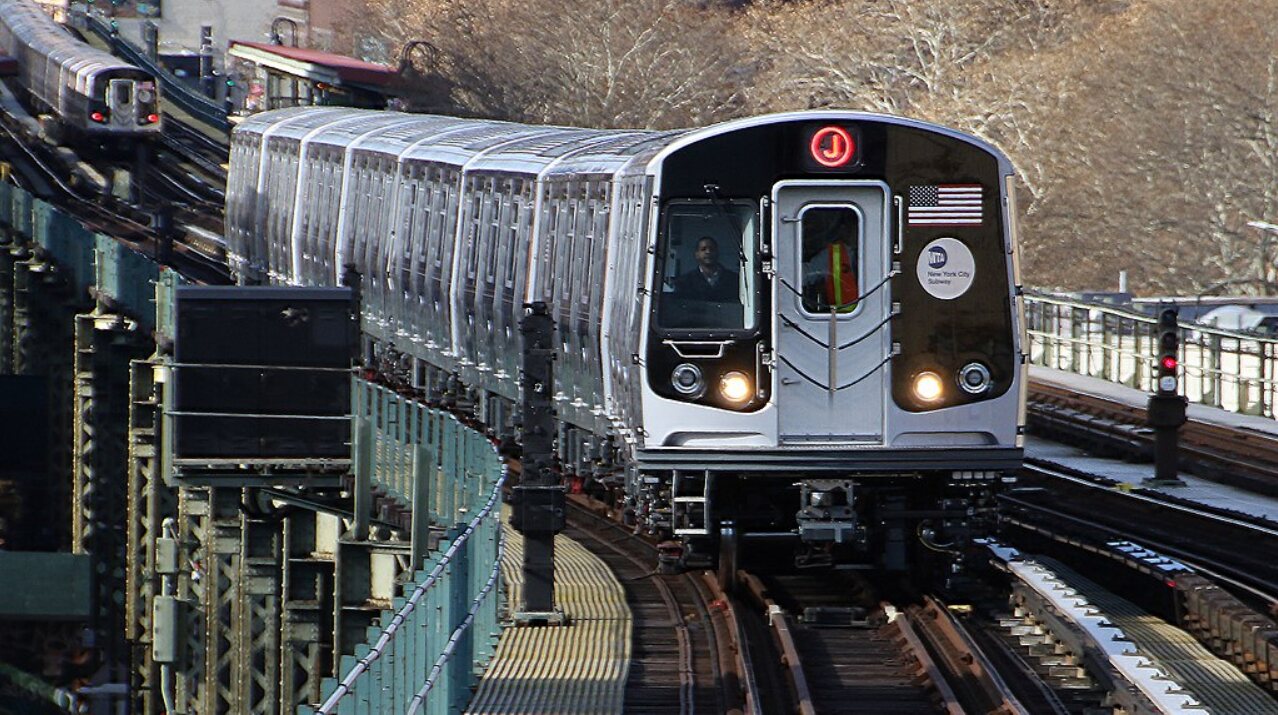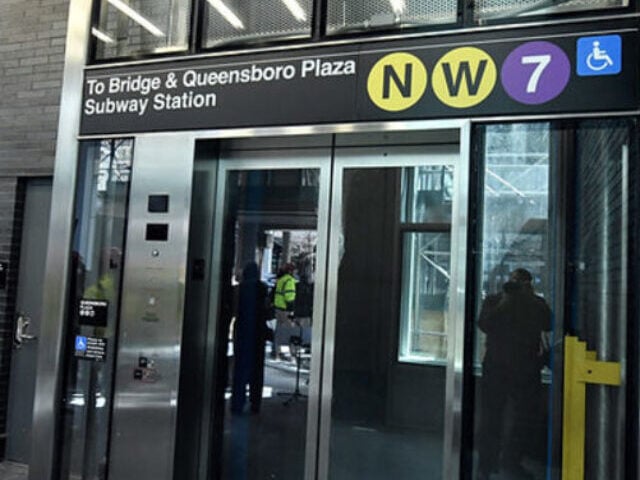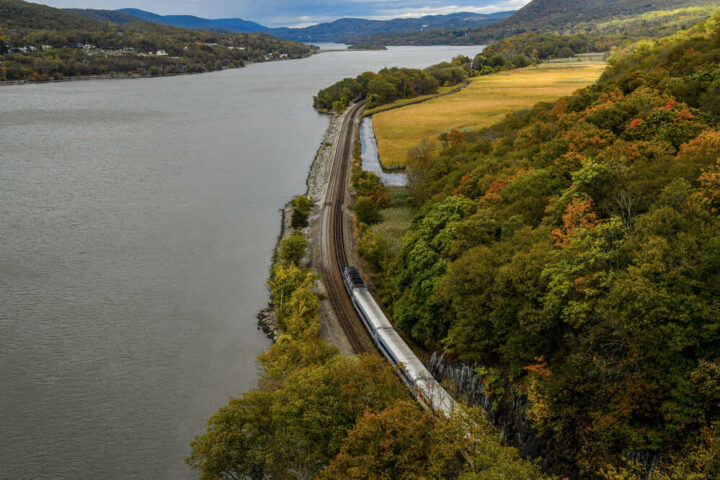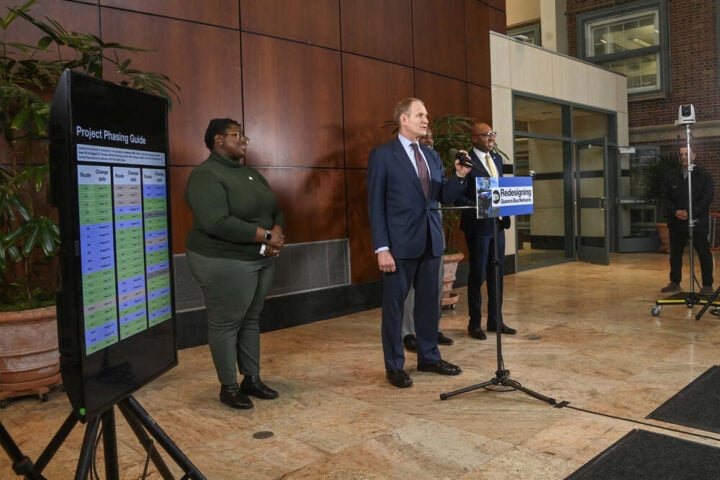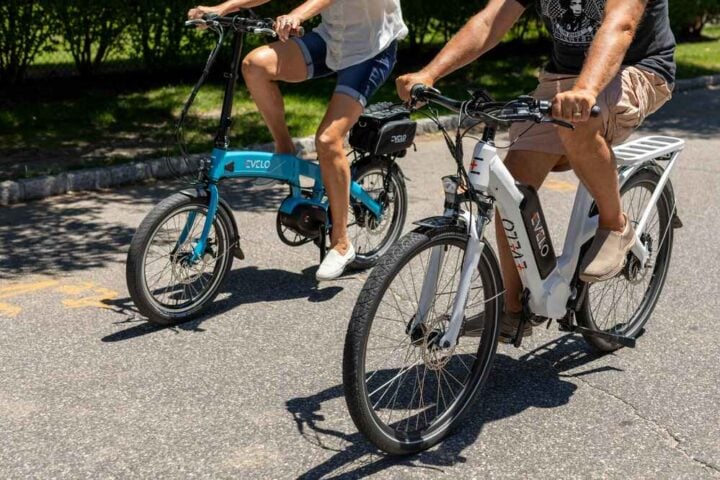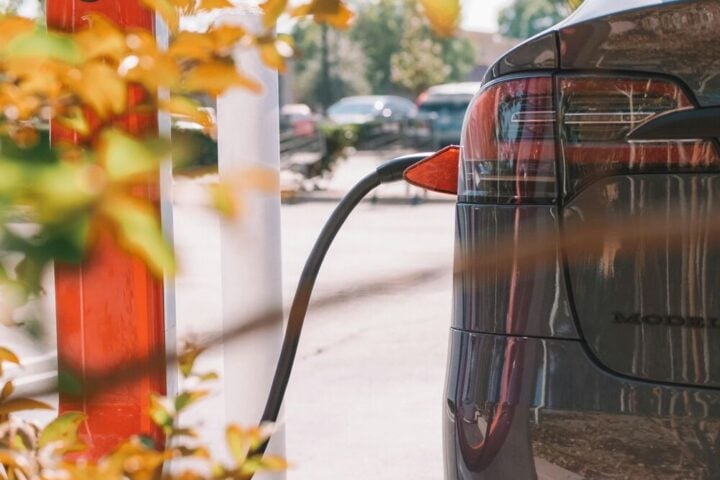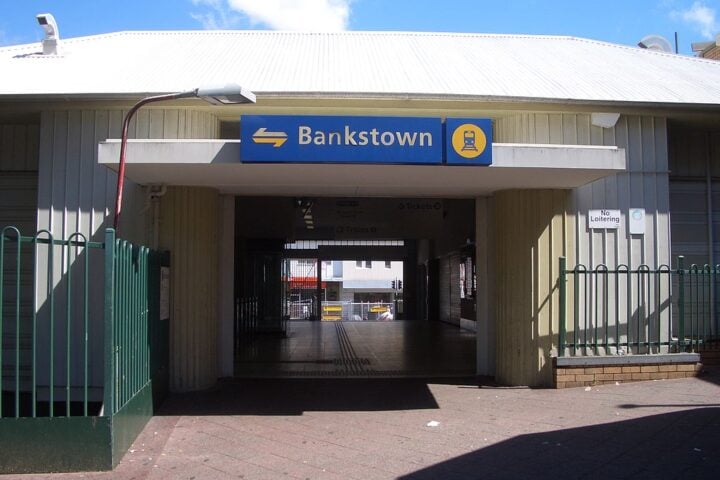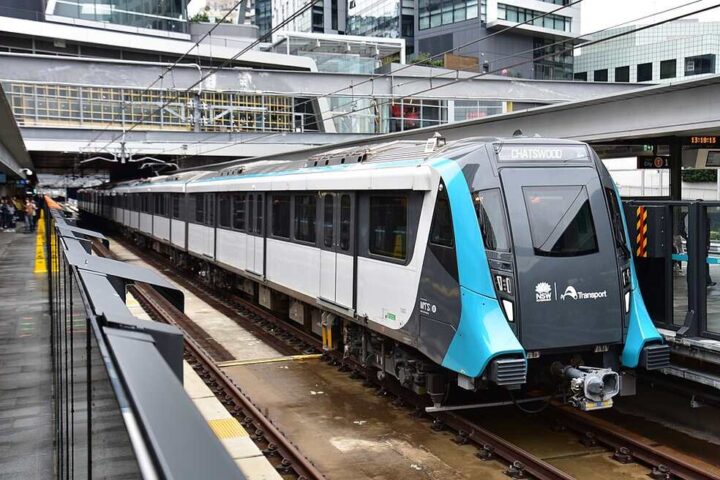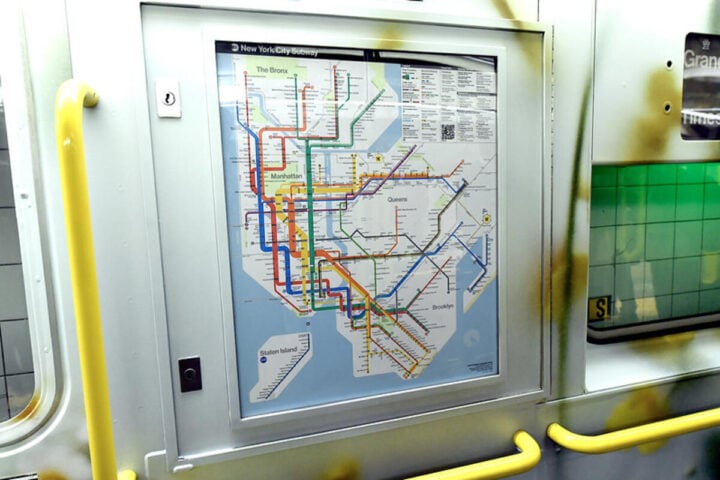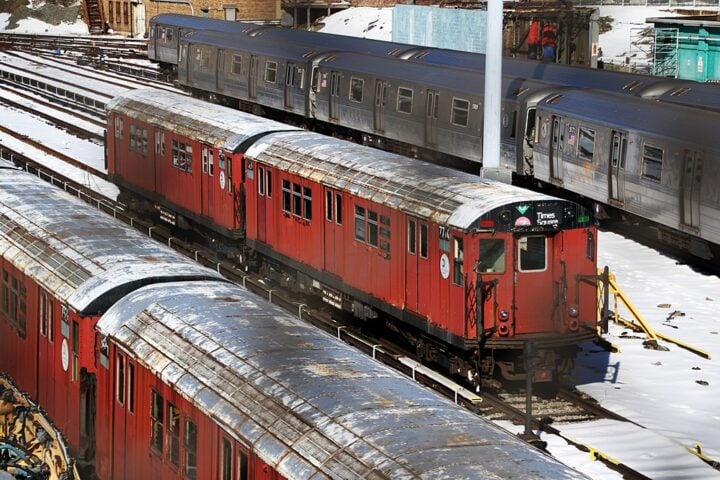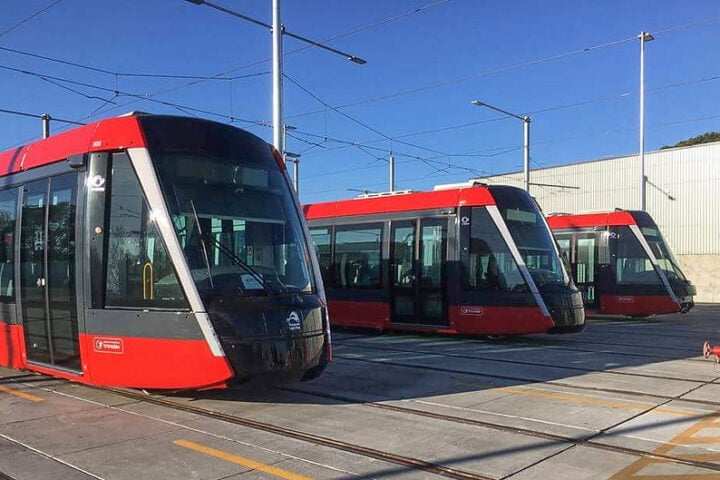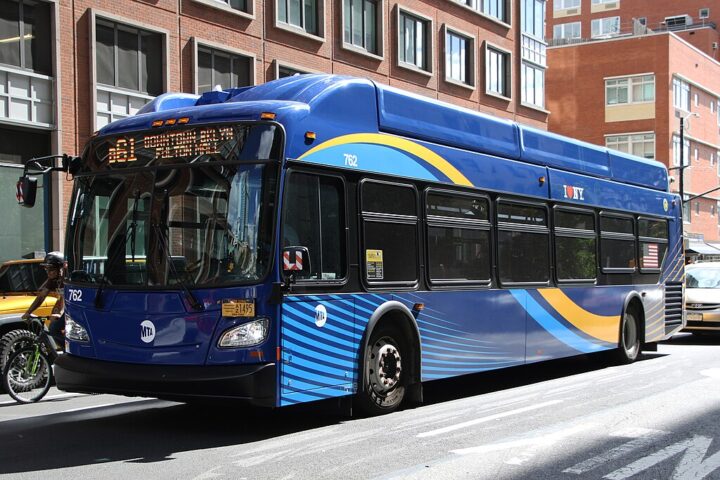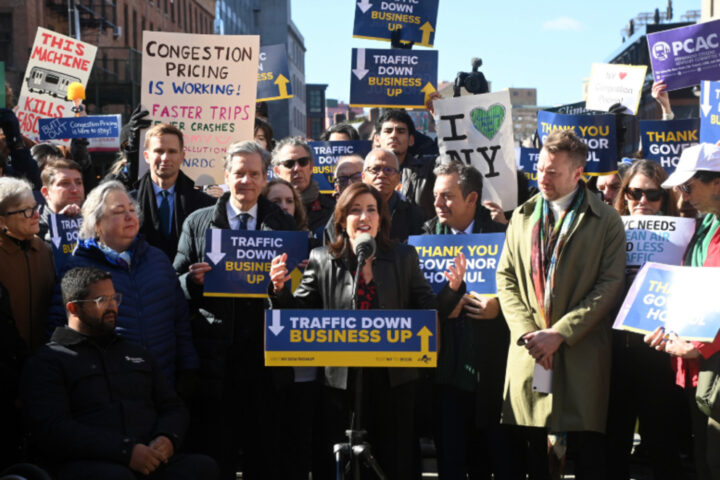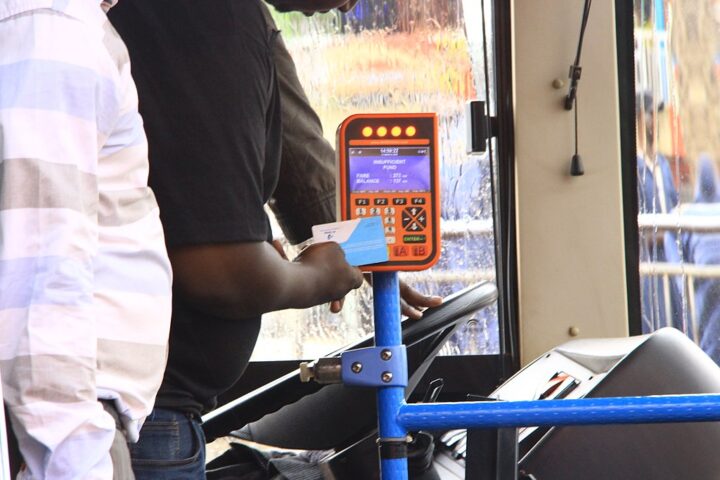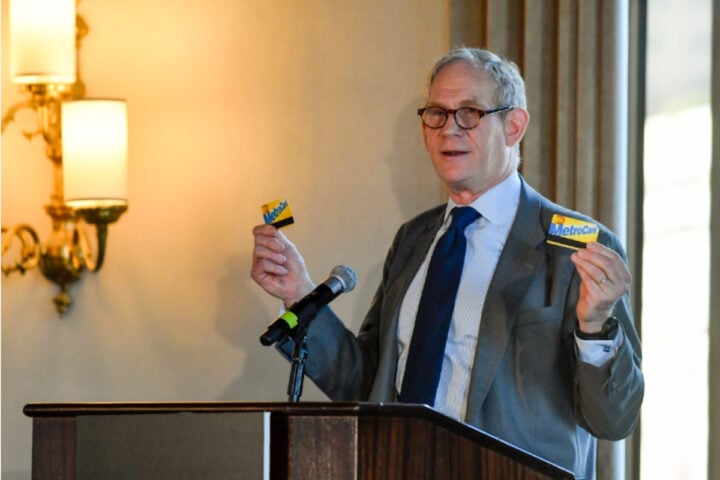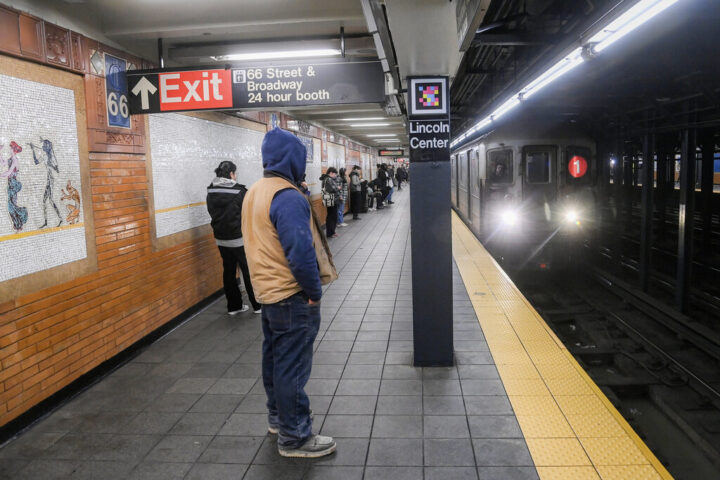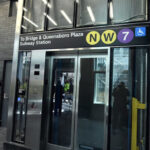The state authority running New York’s subway system needs more money – a lot more. The Metropolitan Transportation Authority (MTA) is asking state lawmakers for an extra $33 billion to fix and upgrade the city’s aging trains and stations. This comes on top of the new congestion pricing fees that drivers now pay to enter parts of Manhattan.
“This is not a bailout,” MTA Chair Janno Lieber told state legislators recently. He explained that the MTA’s current $55 billion improvement plan is running out, and the system needs continued investment to keep running.
Why So Much Money?
The subway system, over 120 years old, hasn’t had consistent maintenance. Many parts of the system are showing their age – some electrical equipment powering the trains dates back to the 1960s, and some signal systems are from the 1930s. When these old parts break down, your train gets delayed or stopped.
The numbers tell the story: The MTA spends 14% of its operating expenses just paying off old loans. This debt problem started in the 1990s when then-Governor George Pataki cut state funding, forcing the MTA to borrow money instead of getting it from the state.
Signs of Progress
The MTA’s new congestion pricing program is already showing results. In January 2024, 1.2 million fewer cars entered Manhattan south of 60th Street, a 7.5% drop compared to before. This meant faster trips for everyone – for example, morning drives through the Holland Tunnel saw a 48% reduction in average travel times.
Similar Posts:
The Cost Challenge
Building and fixing things in New York’s subway system costs more than anywhere else in the world. Take the new Second Avenue subway extension to East Harlem – at $7.7 billion, it will be the most expensive per-mile subway project ever built, according to NYU’s Transit Cost Project researchers.
Why so expensive? Alon Levy, who studies transit costs at NYU, explains one reason: “The MTA’s high costs are partially caused by the agency not buying ‘off-the-shelf’ products and instead asking suppliers to customize everything from signals to train cars.”
What Riders Think
Regular subway riders want to see results for their money. “What are you offering me? What am I getting from that $2.90?” asks Luis Burgos, referring to his fare. Many riders share his frustration with delays and breakdowns.
The Political Picture
While Governor Kathy Hochul supports fixing the subway system, she’s letting state lawmakers figure out where to get the money. Some politicians, like Representative Mike Lawler, think the answer isn’t more money but better spending: “Spending like drunken sailors won’t fix the problem — only a complete forensic audit and commitment to reducing absurd consultant costs will.”
State Senator Andrew Gounardes of Brooklyn puts it plainly: “I understand the public would be frustrated by this [tax]. But they’re going to be a lot more frustrated when the transit system simply falls apart and there’s nothing we can do to fix it.”
Looking Forward
This isn’t just about money – it’s about whether New York’s subway system will work better or worse in the coming years. Every day, millions of people count on the subway to get to work, school, and around the city. The decisions made about this funding will affect how reliably those trains run and how comfortable the stations are.
The MTA promises to focus on fixing what’s broken before building new things. “We’re putting down a principle that we’re not going to neglect it like the capital programs in the past have,” says Lieber. The challenge now is convincing lawmakers – and the public – that they’ll use the money wisely.
